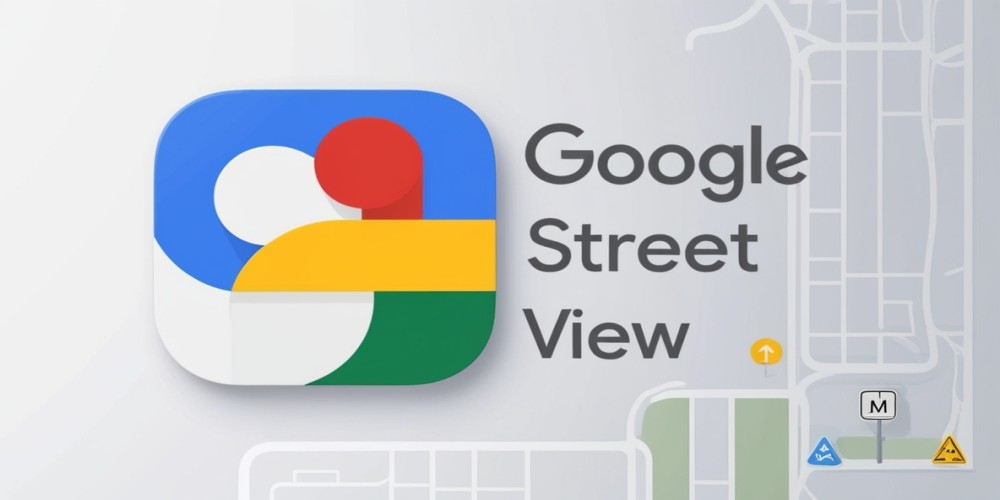Exploring the World: Google Street View's Enhanced Imaging and Historical Insights
Sep-25-2024

Recent advancements in Google Street View have opened up expansive street-level exploration for users across nearly 80 nations. This significant enhancement allows individuals to digitally experience destinations they might never get the chance to seen before while sitting comfortably at home. The integration of billions of panoramic images into Google Earth and Maps creates a more immersive experience for users, showcasing a variety of scenic destinations through the latest portable Street View technology.
The latest updates, as detailed by the tech giant, expand Street View's reach to numerous countries, such as Australia, Bosnia, Brazil, Denmark, Japan, Liechtenstein, Namibia, Paraguay, the Philippines, Rwanda, Serbia, and other nations South Africa. Additionally, an innovative Street View camera that weighs about 7kg has been launched, which can be easily mounted on any vehicle, significantly enhancing the capture process.
With these updates, users can now access refreshed Street View images from various global locations, allowing for closer examination of distant places. Google is also intensifying its efforts to improve image clarity on both Google Earth and Maps. The company is utilizing advanced artificial intelligence technology to eliminate undesirable elements like clouds, cloud shadows, haze, and mist while ensuring natural weather aspects such as ice, snow, and mountain shadows remain visible to users.
In a further enhancement, Google has introduced historical imagery within Earth, allowing users to explore geographical changes through an extensive archive of satellite and aerial photos that date back up to 80 years. This feature is designed to provide insights into how human activity and shifting climate patterns have impacted environments over time.
Additionally, the Timelapse feature provides an engaging way for users to visualize transformation in specific locations across different periods. It also enables access to personalized projects created within Google Earth through an updated home screen interface, contributing to a rich and interactive experience driven by millions of satellite images.







